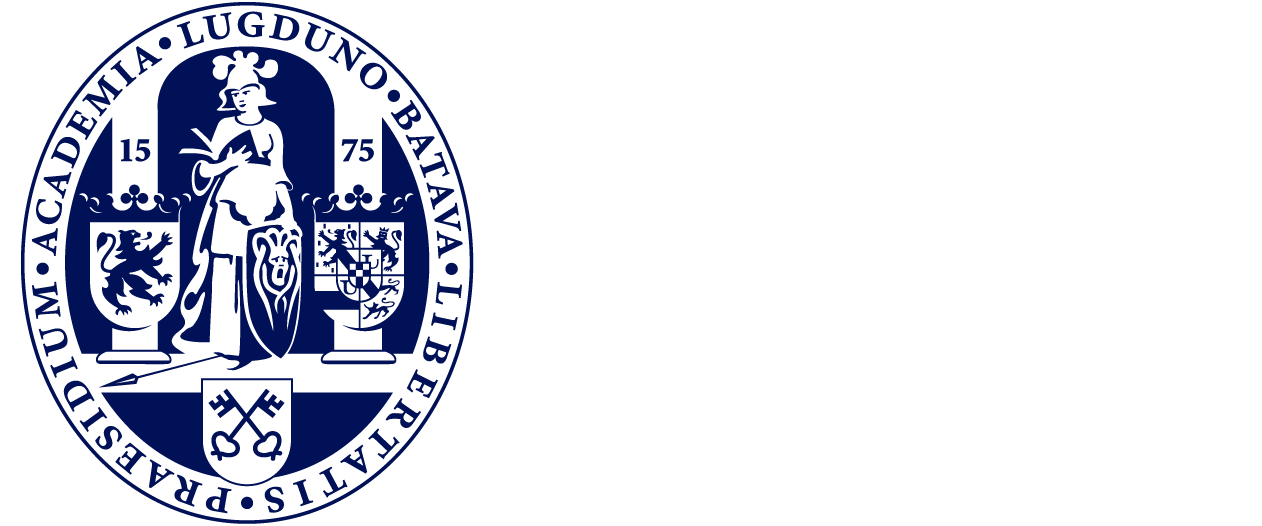Webinar on May 26, 2021, 3:00 pm UTC+2
Infrared Photothermal Microscopy and its Applications in Materials and Environmental Sciences
Infrared (IR) imaging and spectroscopy is an important technique for identifying chemicals and elucidating their structure. This stems from characteristic “fingerprint” vibrational transitions that are unique to molecules, thus reporting on chemical bonding. Despite its advantages, IR imaging is mainly hindered by its poor spatial resolution and consequently has not found as wide use as, for example, Raman microscopy. For mid-IR radiation, a practical spatial resolution is expected to be on the order of 3–10 µm. This impedes applications of IR imaging and spectroscopy in nanoscience as well as biology, where chemical heterogeneities as well as crowded spectroscopic and chemical environments demand high spatial resolution.
The presentation highlights recent advances in super-resolution, mid-IR photothermal imaging and spectroscopy. It focuses on recent advances on a far-field optical technique that utilizes the photothermal effect to overcome the spatial resolution issue of IR microscopy, called infrared photothermal heterodyne imaging (IR-PHI). The presentation will also explain the technique’s signal generation mechanism and suggest optimal ways for signal improvements. It will then illustrate several applications where IR-PHI’s super-resolution infrared imaging capabilities have been demonstrated, and where it has led to notable achievements in materials science. The presentation will also suggest a future outlook for new developing, super-resolution mid-IR imaging and spectroscopy techniques as well as their applications in bio- and materials sciences.


